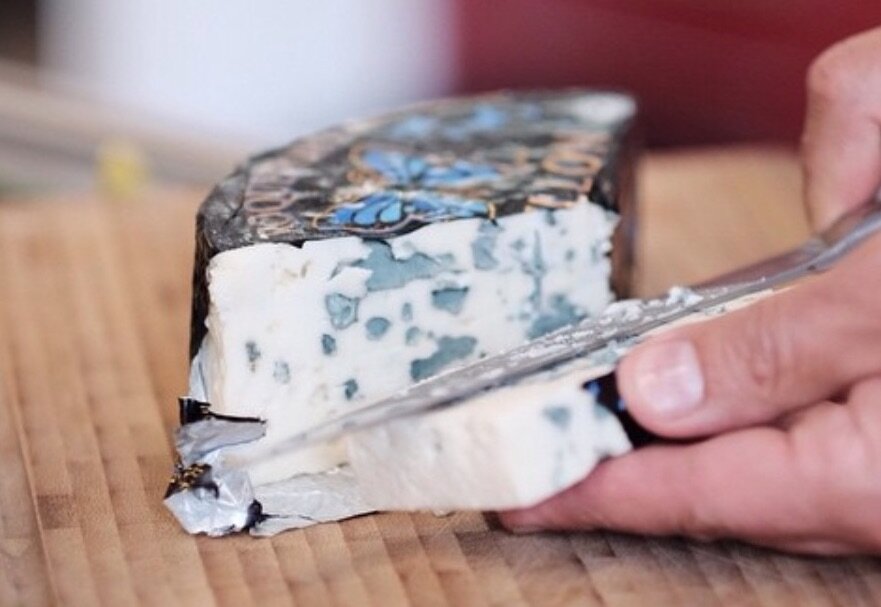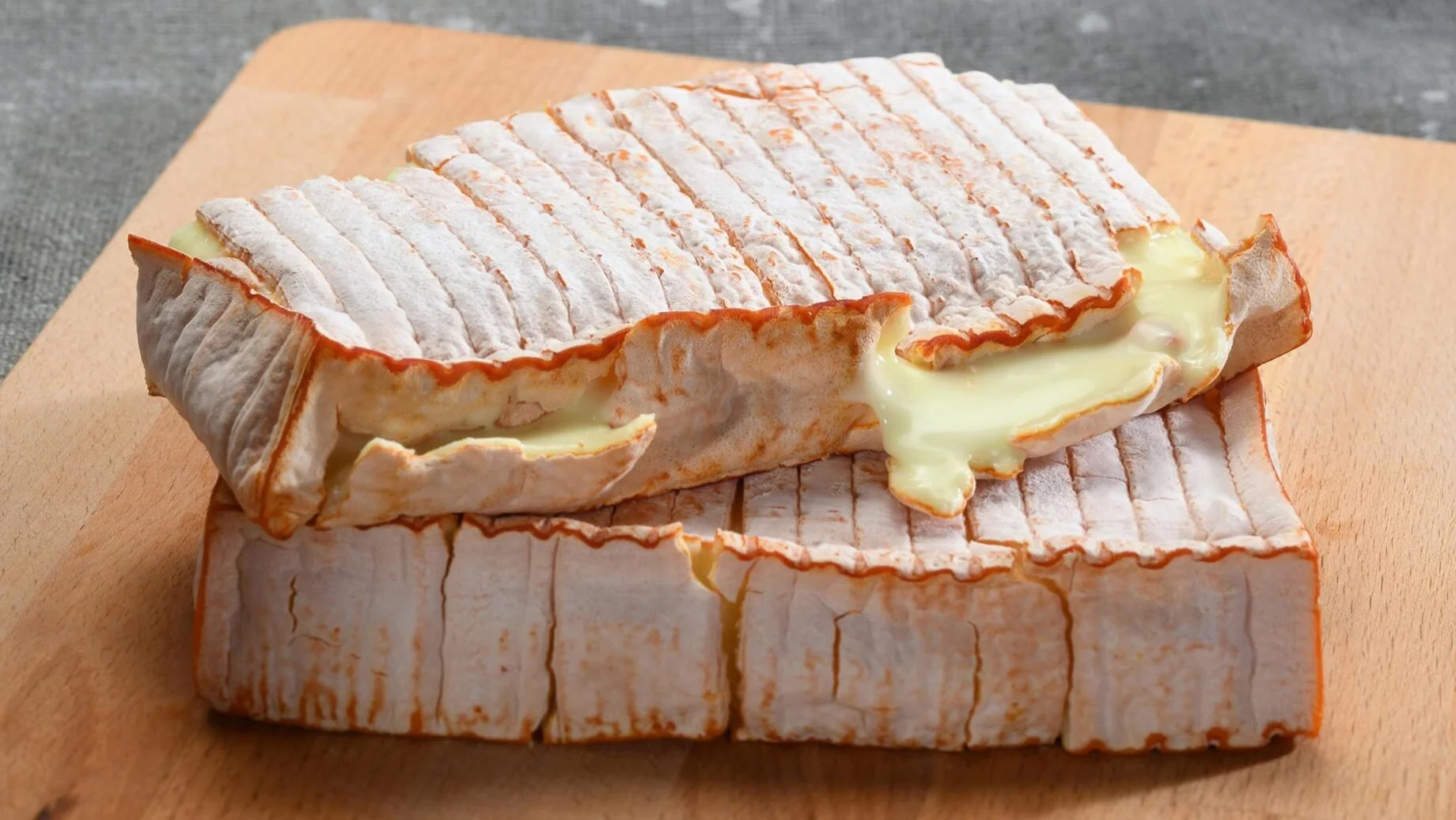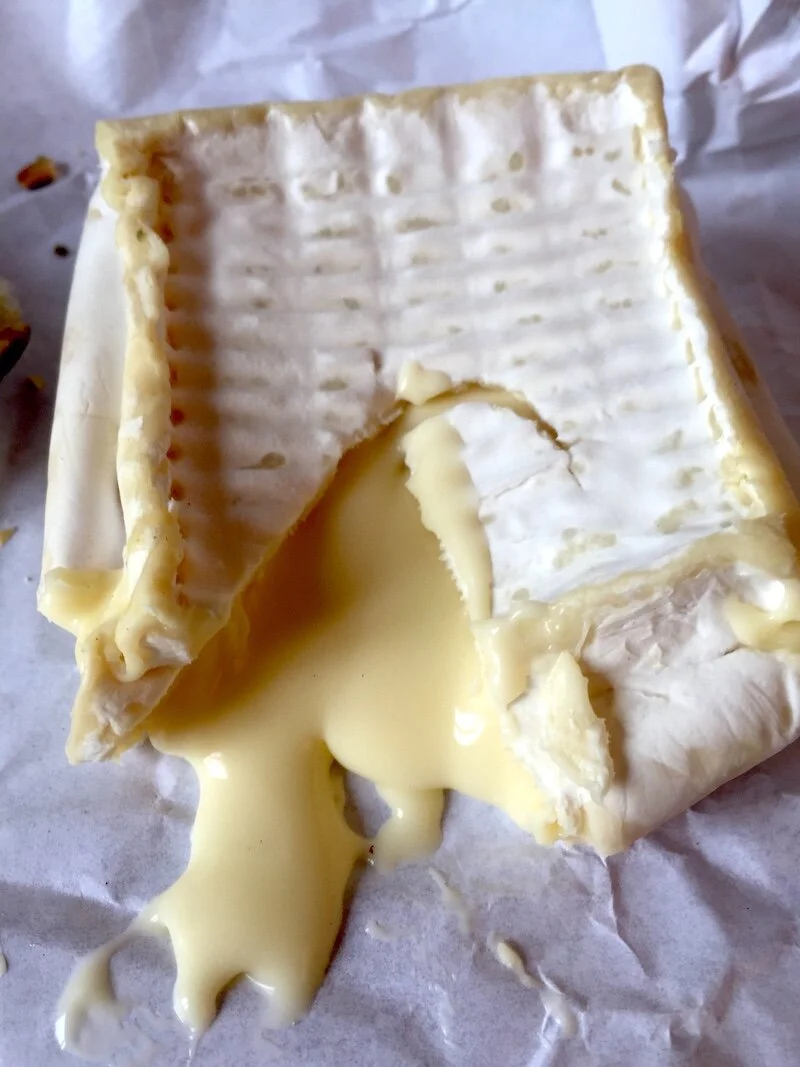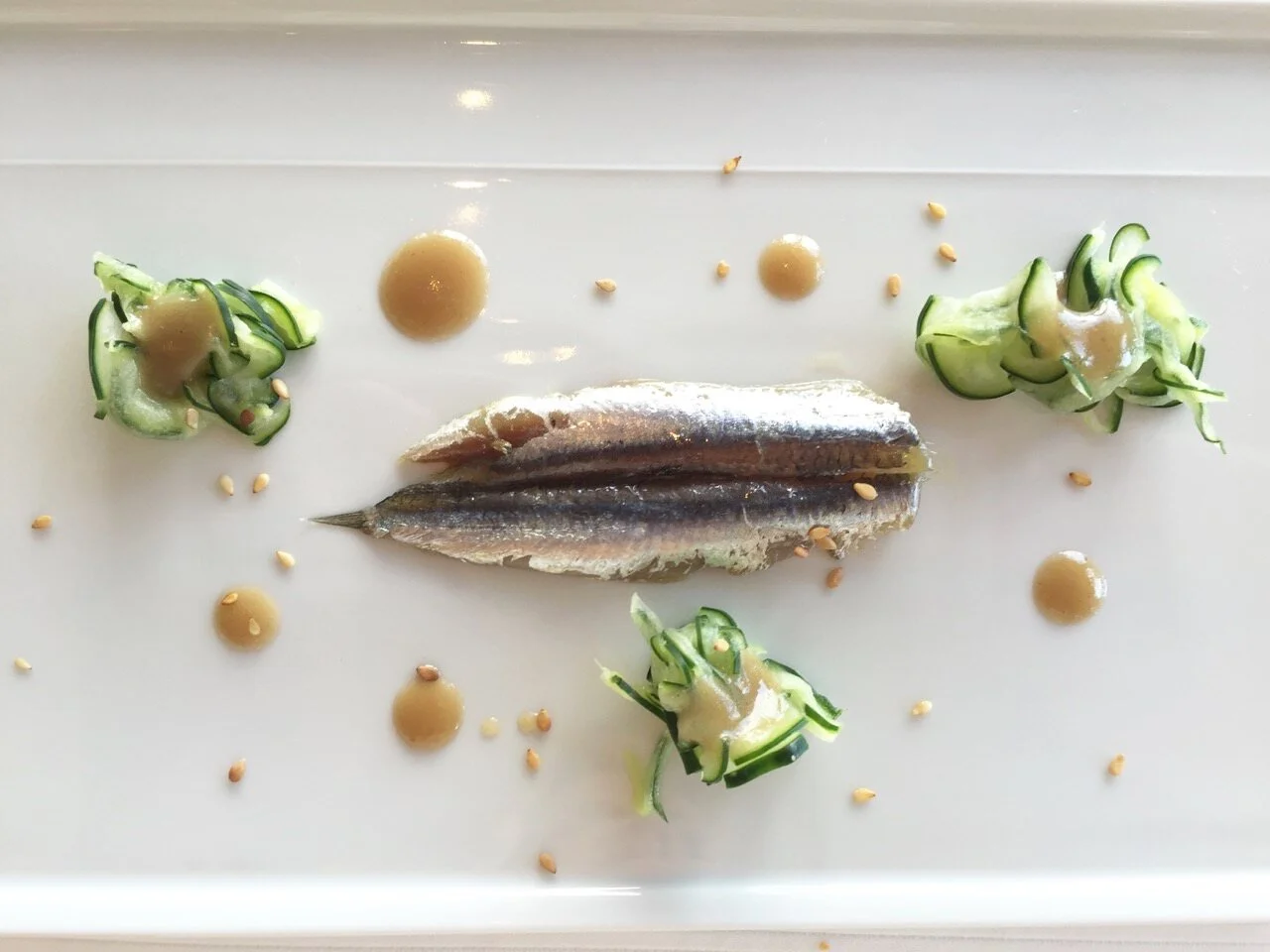Photo: Roquefort Papillon
World Cheese Encyclopaedia - Each Sunday learn all about a cheese in season.
This week Roquefort from France.
Photo: Roquefort.fr
Country: France 🇫🇷
Region: Aveyron
Made from: Sheep’s milk
Pasteurised: No
Texture: Semi-soft, creamy, crumbly
Taste: Sharp, salty, tangy
Certification: AOC, AOP
Aging: minimum 3 months
Roquefort is one of the most famous blue cheeses in the world along with Gorgonzola from Italy, and Stilton from the UK. Roquefort is made from ewe’s milk from the Lacaune breed of sheep whose name comes from the Lacaune hills in the Tarn region.
There are approximately 800,000 Lacaune sheep dedicated solely to making milk for Roquefort cheese production. Each ewe will produce enough milk during the year to make 40 kilos of Roquefort.
Roquefort was the first cheese to be granted French Apellation d’Origine status in 1925 and today has both the AOC and AOP status from the European Union which are internationally recognized endorsements of quality and authenticity. To comply with the AOC and AOP certification, Roquefort may only be produced in a specific region and according to strict procedures. Only cheeses aged in the Cambalou caves of Roquefort-sur-Soulzon may bear the name Roquefort. These caves have almost constant temperatures and ecosystems all year round thanks to natural faults called “fleurines” which ventilate them. There are only 7 producers of official Roquefort cheese.
Photo: Roquefort.fr
Each loaf or wheel of Roquefort is between 2.5 and 3 kilograms and is about 10 cm thick.
Before the ageing process begins, each wheel is punctured about forty times from top to bottom. The holes help to aerate it and encourage the production of the mould - Roqueforti Penicillium. This mould is found in the soil of the local caves, and was traditionally extracted by leaving bread in the caves for about six weeks until it was covered in mould. It would then be dried and the resulting powder could be added to the cheese curd, or injected through holes in the rind.
The wheels of cheese are placed uncovered in the caves for 2 to 3 weeks. Once the Roqueforti Penicillium mould has developed sufficiently, the “loaves” are wrapped and then stored at low temperatures to continue maturation. Roquefort cheese must be aged for at least 3 months.
Roquefort is white, crumbly and slightly moist inside with distinctive veins of blue mould developed during the ageing process. As the cheese ages the color of the mould goes from pale green to blue to grey. It also starts to form small blue-grey holes in the paste.
Roquefort has a characteristic odour and flavour with a sharp, salty, tangy taste. There is no rind and the exterior is slightly salty and can be eaten.
Photo: CC/Thesupermat
History
Roquefort production goes back a very long way, perhaps even to Roman times.
The legend of the origin of Roquefort says that a shepherd, seeing a beautiful girl in the distance, left his lunch (including a loaf of bread and cheese curds) in a cave, in order to pursue her. When he returned some days later, both the bread and cheese were imbued with the blue mold of Penicillium roqueforti and in the case of the cheese – proved to be delicious.
In 1411, Charles VI granted a monopoly to the people of Roquefort to ripen the cheese in their caves. Charles VII went further and in 1666 the Parliament of Toulouse made it a punishable crime to deal in fake Roquefort.
In 1782, the French philosopher Diderot gave the title “King of Cheeses” to Roquefort cheese, saying “Roquefort cheese is without doubt the finest cheese in Europe”.
In 1930, a special brand, the ‘Red Ewe’,was created to guarantee to consumers that the required quality controls have been followed in the production of Roquefort. The branding, which you will see on Roquefort packaging, is now a registered trademark in more than 80 countries worldwide.
In 1925 Roquefort was granted AOC status and in 1996 further protected by AOP certification.
Photo: Bodeboca
How to enjoy it
Roquefort cheese is most frequently recommended to be paired with Sauternes, a lovely sweet wine with honey tones that go exquisitely with Roquefort’s sharp and salty flavors. It can also be successfully paired with other sweet wines Rieslings, or with sherry or port.
It is often served as part of a salad dressing, or as a delicious sauce for beef in which case a full red Bordeaux can work well or even a Languedoc.
In a study conducted in 2012, Roquefort was found to have anti-inflammatory properties which could bring health benefits despite the high fat and salt content. So go ahead and enjoy!
Sources: frenchentree.com, matchingfoodandwine.com, Roquefort.fr, Wikipedia, Castello Cheese, The Telegraph, Roquefort Papillon, Bodeboca.
Follow True Foodies
Have you always dreamed of becoming a better cook? Now you can with our online video cooking classes

































